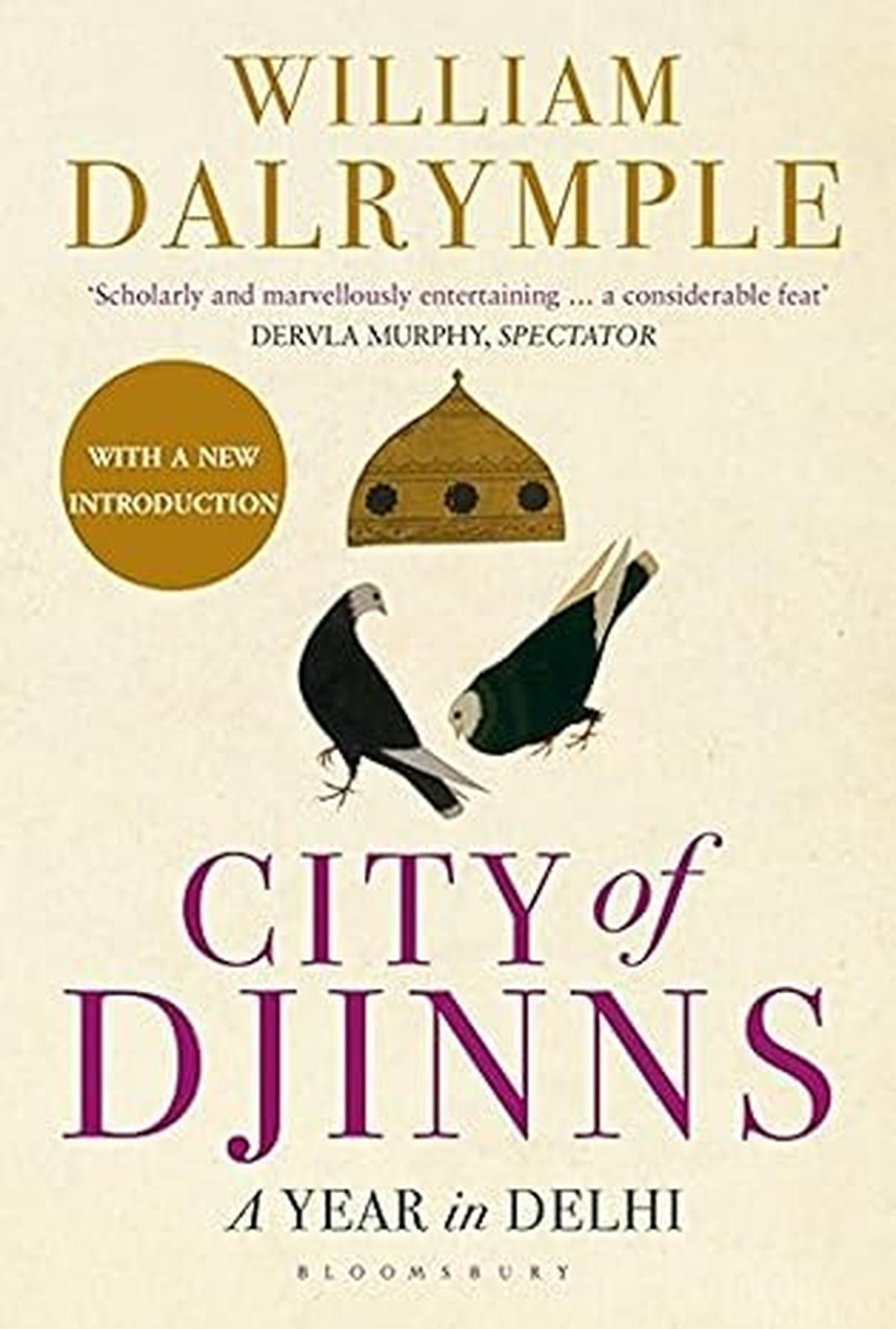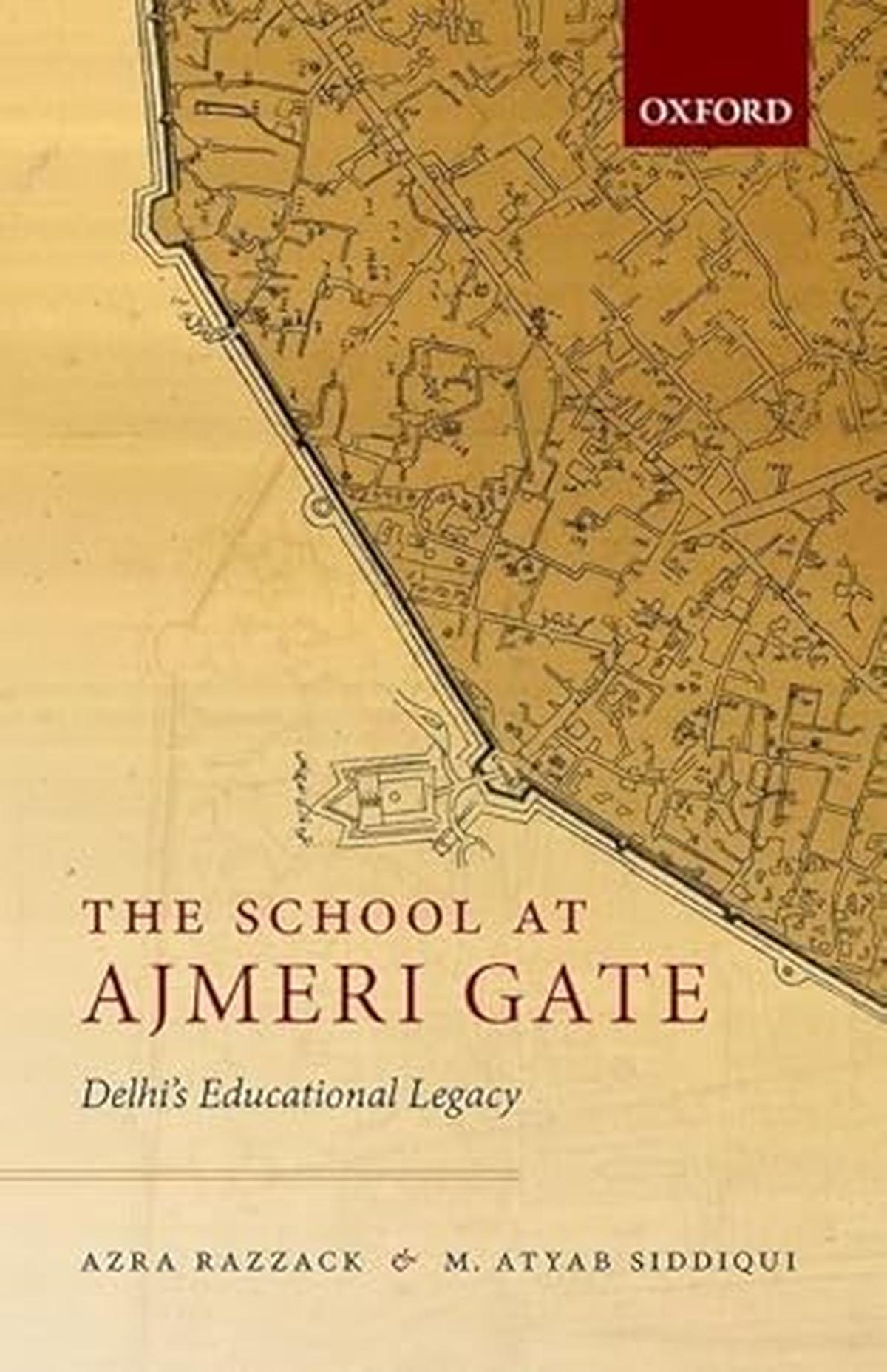Delhi, as many a history teacher has been known to tell students, is a city of tombs; the city of the dead. The remark is made only half in jest, but it conveys the story of a place that has attracted invaders like a candle draws moths. Forget the days and dynasties of ancient India, in medieval India itself, Mahmud of Ghazni, Mohammed Ghori, the Mongols, Babur, Nadir Shah, Ahmed Shah Abdali, the Marathas, the British have all coveted, and even conquered the place. Yet, every time Delhi was destroyed, it rose again, partly because of the spirit of its denizens, but largely because Delhi has massive forts which staved off many an invader, or at least minimised the losses.

Writing in City of Djinns, William Dalrymple, who recently moved back in time to test the waters of ancient India with The Golden Road, recalls much of the violence that has visited the city, the last one being the conflagration of Partition. “It was not just the invaders who put the people of Delhi to the sword…Out of the first twelve Sultans, only two died peacefully in their beds; the rest were killed…Invaders like Timur the Lame were able to storm the high walls of the city only because the inhabitants were already busy cutting each others’ throats.”
The violence and brutality of death failed to dim the right to life in the city. Forts were built for defence, and many like the Purana Quila, the Lal Quila, the Salimgarh Fort transcended history to become part of folklore. In fact, for centuries, a story went that every few ‘kos’ there was a quila (fort) in Delhi. A slight exaggeration but not much when you add the names of Tughlaqabad, Siri Fort, Qila-e-Rai Pithora, Adilabad and Kotla Feroz Shah, etc. Now, put Najafgarh Fort and Nai ka Kot into the mix and the claim could be an understatement.
Naming the Red Fort
Like the men who guarded them, every fort is unique, and has a story, indeed a personality of its own. For instance, the Lal Quila, from where the Prime Minister addresses the nation on Independence Day, was built in 1648. The fort almost did not come up at the location. The courtiers of the Mughal emperor Shah Jahan had pencilled in the Raisina Hills as the site of his capital, and a new fort. The emperor’s architects Ustad Hira and Ustad Hamid rejected the Raisina Hills and opted to build the fort on the banks of the Yamuna. When the fort was completed, it was a sight for tired eyes. Maheshwar Dayal writes in his much-appreciated book, Rediscovering Delhi, “Shahjahan entered with a glorious retinue, Prince Dara Shikoh scattering gold and silver over his father’s head till he reached the gates.” The emperor entered through the Khizr Gate. Back then, the Red Fort was called the Urdu-i-Mualla. Later, during the reign of Akbar-II, it was called the Qila-i-Mu’alla.

Such was the aura of the Red Fort that at the time of Partition, there was talk in social circles of Delhi remaining as the capital of the twin nations of India and Pakistan with the flags of the two countries flying atop the Red Fort. In The School at Ajmeri Gate, Azra Razzack and Atyab Siddiqui write, “It was unimaginable that Delhi, a seat of Muslim rule and culture for centuries, could go exclusively to Hindustan. Delhi was indeed a Muslim city with the Red Fort, the Jama Masjid, the Qutub Minar…” All that debate is confined to the yellowed pages of history.
Delhi’s reality
The reality is, in Delhi, history accompanies you all the time, one step at a time. For evidence just pick up a copy of Delhi in Historical Perspectives by K.A. Nizami. Translated with professional integrity by Ather Farouqui, the book revealed Delhi’s earliest date with history. Nizami writes: “The ruins unearthed during the excavations near Purana Quila…bear witness to the antiquity of this city….Anangpal constructed the oldest city wall called Lal Kot….The Rajput ruler Prithviraj Chauhan carried out extensions to the structure at Lal Kot.”

Just recently, Delhi’s fort story got a fresh fillip with Vikramjit Singh Rooprai’s lucidly written, aptly photographed book, Delhi Forts. Rooprai’s book is a labour of great patience, considering he references Bashir-ud-Din Ahmed’s Waqiaat-i-Dar-ul-Hukumat-i-Delhi, Maulvi Zafar Hasan’s timeless book, Monuments of Delhi: Lasting Splendours of the Great Mughals and even Syed Ahmed Khan’s Asarar-us-Sanadid. While Rooprai gives space to well known historic forts like Purana Quila and Tughlaqabad, he does not include “smaller fortifications like Kotla Isa Khan, Kotla Mubarakpur” and Naraina Fort, etc. He does, however, include a chapter on Najafgarh, otherwise omitted in most accounts. It is named after Mirza Najaf Khan, an 18th century Mughal general. Initially appointed by Shah Alam as Amir-ul-Umra, he later took charge of the Mughal army and built a fort on the outskirts of the city where an attack was feared. This was the Najafgarh Fort about which Rooprai writes in his book, “There used to be a ditch around the Fort wall, which was filled when the British took over after the Battle of Najafgarh in 1857.” Around 800 Indian soldiers lost their lives here. The Najafgarh battle is emblematic of the city which has survived a million battles and is dotted with a thousand tombs. Yet the “city comprising the cemetery of our past life”, as Maulana Abul Kalam Azad once said, refuses to die. The forts saved countless lives. Delhi lives on.
Published – October 03, 2024 08:30 am IST

